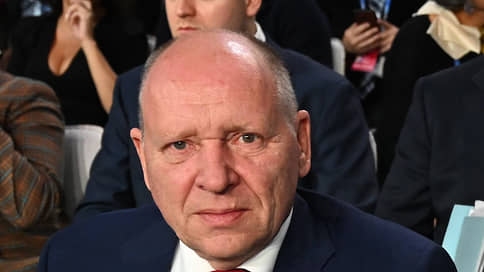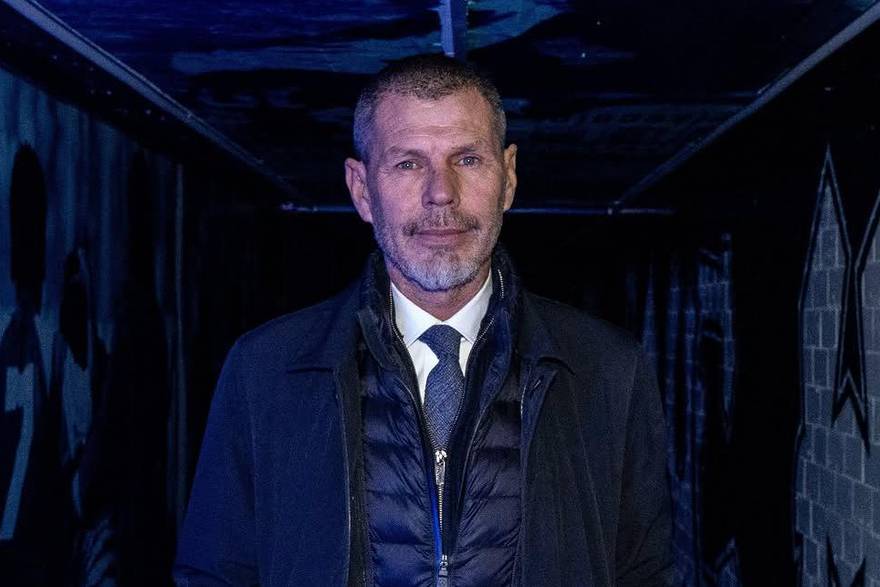S&P Global predicts the growth of cast iron production in Russia

By 2030, Russia can increase cast iron production by 13% of the levels of 2024, predicts S&P Global. Other analysts consider these estimates too optimistic, and market participants note that the forecast can be implemented only when the global situation is changed. But support can be provided by the procurement of the state and weakening competition in foreign markets.
Since this year, Russia will systematically increase the production of cast iron, follows from the forecast S&P Global. According to analysts, in 2025 the production of cast iron in the Russian Federation will grow to 53.1 million tons against 51 million tons a year earlier. By 2030, the indicator may increase by 13% of the 2024 level, to 57.6 million tons, gives the S&P Global numbers.
While the production of cast iron is almost at minimums over the past five years, says Kommersant’s interlocutor in the steel market. Cast iron smelting in the Russian Federation is still behind the level of last year, although the gap is reduced, the director of the rating agency of the NCR Dmitry Orekhov indicates. So, if in 2024 the production decreased by 5.5% of the year, to 51.2 million tons, then in January – April of 2025 – by 0.4% in annual terms, up to 17.2 million tons, despite the fact that in the first quarter supplied the EU.
Of the large metallurgists about the growth of cast iron production in the first quarter (5% of the year, up to 2.91 million tons), Severstal reported. At the MMK, cast iron smelting during this period decreased by 6.9% a year by the year, to 2.18 million tons, amid a large volume of overhaul in the blast furnace redistribution.
Against the backdrop of the low potential for the growth of production and consumption, there are no obvious trend in the country for the growth of cast iron smelting in the country, according to Kommersant’s interlocutor in the steel market. According to NEFT Research, steel consumption in the Russian Federation this year may decrease to 38 million tons. In Severstal, the demand for steel was evaluated in 2024 at 43.7 million tons.
So far, the S&P Global forecast looks too positive and is possible not in the short term and only when changing the conjuncture in foreign markets, analysts and market participants agree. The Kommersant source in a large metallurgical company says that the export potential of the Russian cast iron is restrained by quotas for deliveries to the EU, which since 2026 will be replaced by a complete ban on imports. And prices in alternative markets, continues the source of Kommersant, are under pressure from Chinese manufacturers. The Director of INGOSSTRACH Analysting Bank Vasily Kutin says that according to the results of this year, cast iron exports from Russia can be reduced by 11%, to 2.5 million tons.
The head of the analytics department for the securities market of Alfa-Bank Boris Krasnozhenov also notes that the export of commodity cast iron is not very profitable at current prices. According to him, now the quotes are at the level of $ 315–320 per ton on the FOB base of the Black Sea, and if the situation in the global market improves, prices are possible to restore prices up to $ 330–350 per ton in the summer. “Much will depend on the dynamics of iron ore prices and coking coal, as well as on the volume of smelting and export of steel from China,” adds Mr. Krasnozhenov. The head of the analytical department of “RIMO-TREAST” Oleg Ablev notes that the cost of freight, insurance, logistics, as well as a speculative factor can maintain a short distance at a short distance.
NEFT Research managing partner Sergei Frolov recalls that so far the demand for steel in China remains weak and the rate of construction in the country is slowing down. According to him, the state acts as an incentive for the growth of cast iron production in the Russian Federation, or rather, state defense order. Dmitry Orekhov notes that the growth of external demand can be facilitated by the increased position of metallurgists in new sales markets, including India, Vietnam, Turkey and the Middle East, weakening competition due to other exporters and ruble devaluation.








